There's a saying in the construction business: Fast, good or cheap – pick two.
The general belief is that if you want something built quickly and inexpensively, the quality will suffer. Or, if you want something built very well, the price will be higher. And if you want something built of very high quality, for a very low price, it will take a very long time to create.
In the retail world, we are constantly trying to achieve the proper balance of quality, price and schedule. How we achieve that balance would require a longer discussion than we have space for here. I'll focus on quality.
We've built fashion retail boutiques nationwide. Customers who will spend $14,000 on an alligator handbag certainly want a luxurious, high-quality environment. But quality applies to every level of finish and expense. Quality is in the details and how the process is set up to achieve the proper detailing in a space.
It starts during the design and pre-construction phases. The quality of the raw materials is based on the belief that those materials support the brand's image of quality. The quality of the constructed space, however, is based on how those materials are applied, joined, detailed and finished.
Whenever I walk through one of our boutiques during construction, the first area of inspection is always the transitions of materials. It's not that difficult to get accurate seams from carpet to carpet or wood to wood, but it is difficult to achieve tight, aligned and clean joints between dissimilar materials. Beautiful Venetian plaster almost always looks wonderful in the middle of the wall. But, the joint between the plaster and the adjoining built-in display fixture is difficult to render sharp and clean.
The first step toward achieving quality in a store starts long before the builder even walks onto the construction site. It requires a thorough review of construction details in the early design phase.
In the name of quality, designers and construction managers must insist on shop drawings, detailed plans drawn by the actual tradespeople doing the work. When the team starts to execute the construction, diligent oversight is the key to ensuring that details are constructed properly the first time. Many details can involve four or more construction trades coming together in a single detail – for instance, a highly finished wood wall panel with plaster inserts, electrical light fixtures and an air conditioning grille mounted through it.
While all of these tradespeople want to execute good quality within their own scope of work, it takes the superintendent looking at the bigger picture to ensure all four of them come together correctly. If one trade starts to veer off course, it is much easier to stop and redirect before the following trades use an improper foundation to complete their work. Our saying is, “the fix is never as good as the original.” Other methods of quality assurance should be used on the construction site, including laser levels for straight lines, flat ceilings and floors and levels, string lines and squares to ensure that things are square, plumb, straight and in plane.
Mock-ups are another way to ensure quality. By mocking-up a small section of a stone floor, for example, the designer, client, contractor and subcontractors can get real-time feedback on the quality of the stone, the grout joints, the sealing process and much more, before executing any significant piece of the work.
The mock-up can remain as a control sample to be measured against for the duration of the project. This is a surefire way to ensure expectations are met and exceeded.
On-site, pre-installation meetings also work well. All players get on the same page and think out details before the work actually begins.
One other mode of thinking must be employed during this entire process: long-term durability of the details! Taking all of the steps above will help make the store look great on the first day of opening. But if it isn't built to last, it isn't a quality project.
Durability of the details begins in pre-construction, and there are times where the crispest detail may look beautiful, but may not hold up. The team needs to review these details from all mindsets and proceed with the proper mix of beauty, speed, sequence and durability.
Quality planning, quality execution, quality product.
Les Hiscoe is vp of the Retail Group at Shawmut Design and Construction, a $575 million construction services firm with offices in New York, Boston and Providence, R.I.
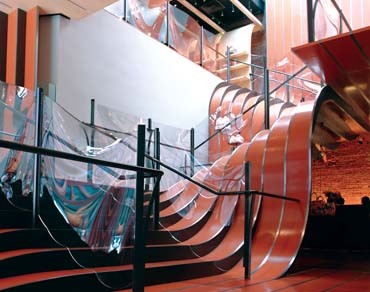
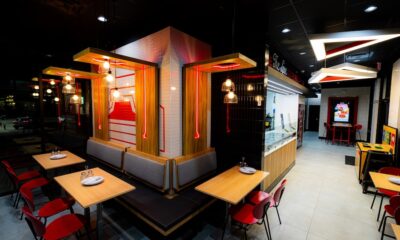
 Headlines1 week ago
Headlines1 week ago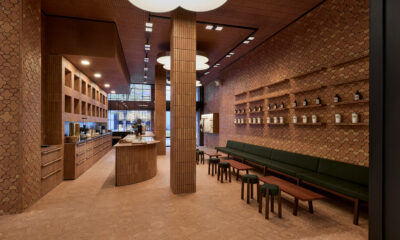
 John Ryan2 weeks ago
John Ryan2 weeks ago
 Headlines7 days ago
Headlines7 days ago
 Headlines2 weeks ago
Headlines2 weeks ago
 Headlines1 week ago
Headlines1 week ago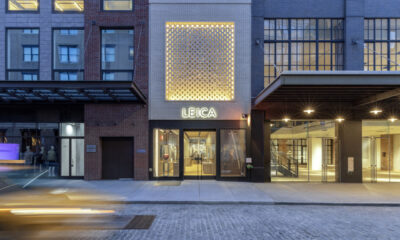
 Retail Buzz3 days ago
Retail Buzz3 days ago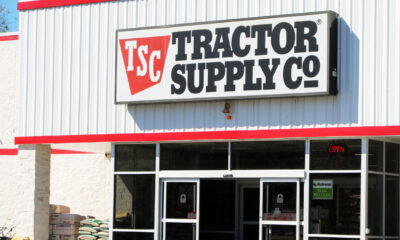
 Headlines1 week ago
Headlines1 week ago
 Headlines1 week ago
Headlines1 week ago






